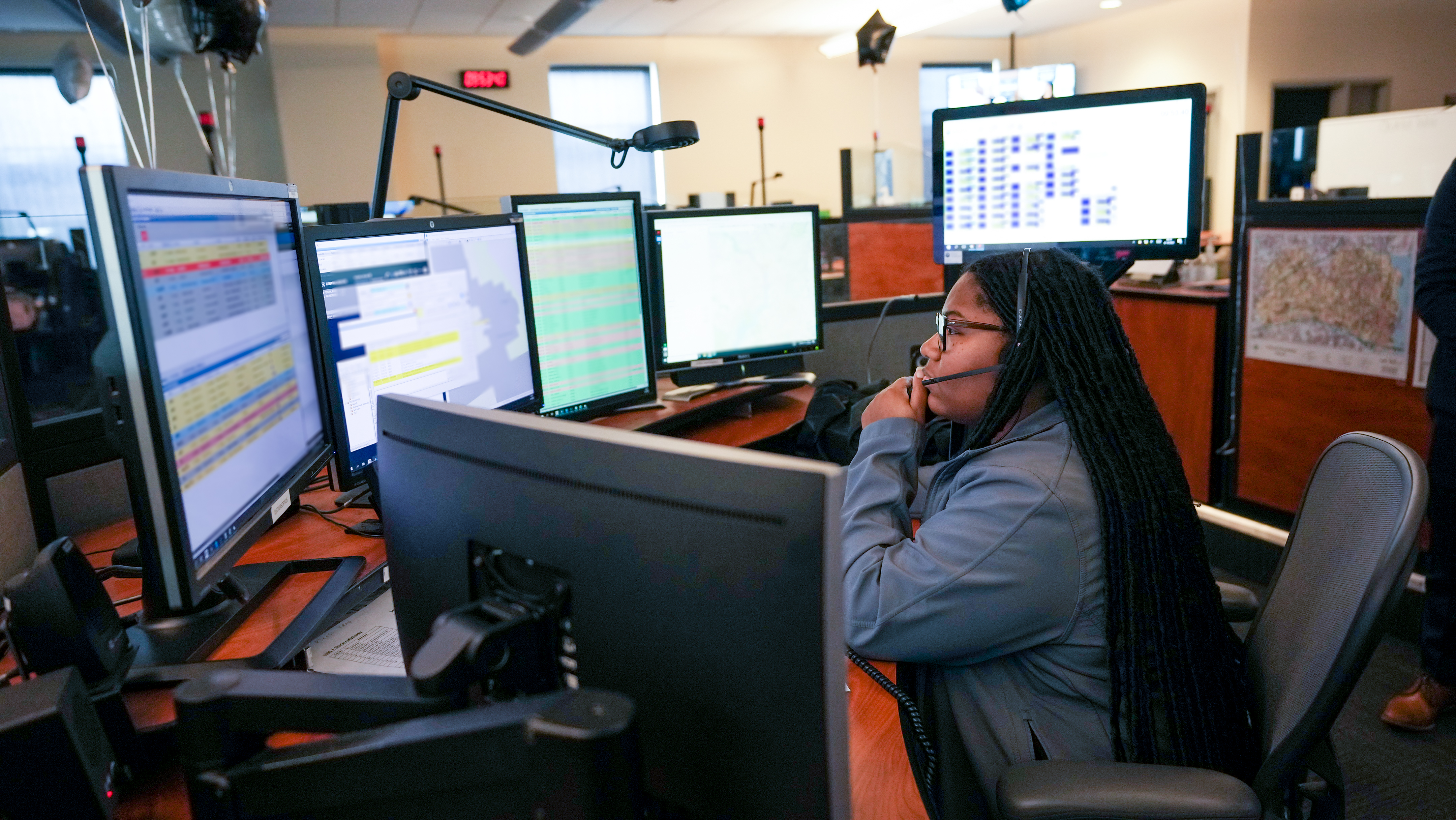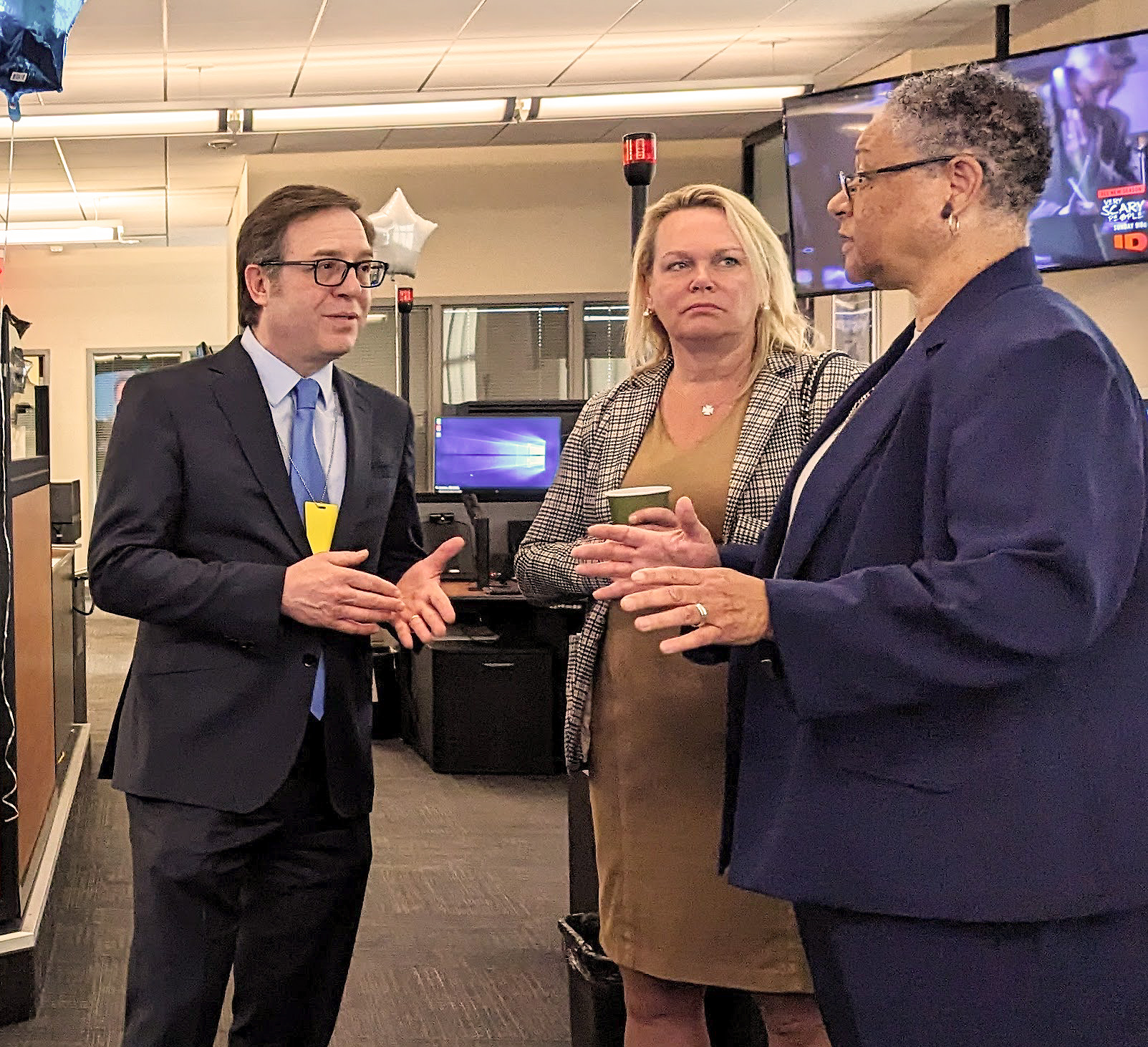Honoring America’s 9-1-1 Professionals
By: April McClain Delaney, Deputy Assistant Secretary of Commerce for Communications and Information
In recognition of National Public Safety Telecommunicators Week, I wanted to take a moment to salute the professionalism, dedication, and heroic acts that 9-1-1 professionals exhibit day in and day out.
There is no telling what type of call a 9-1-1 telecommunicator will face.  When 10-year-old Miracle in Central County, MO, called 9-1-1 while her mother was in labor, public safety telecommunicator Scott Stranghoener gave her careful instructions to coach her mom through the successful delivery of her baby sister.
When 10-year-old Miracle in Central County, MO, called 9-1-1 while her mother was in labor, public safety telecommunicator Scott Stranghoener gave her careful instructions to coach her mom through the successful delivery of her baby sister.
In Lake Zurich, IL, telecommunicator Patty Steffy received a call reporting that a 57-year-old man was having difficulty breathing and later became unconscious. Steffy assisted the caller with directions on performing CPR until the paramedics arrived.
These calls—and millions like them—show the importance of these highly trained and dedicated public safety telecommunicators. Though we commonly refer to police, EMS, and firefighters as “first responders,” it’s also the people answering our 9-1-1 calls who provide life-saving assistance before anyone arrives on the scene.
Today, I had the opportunity to visit the 9-1-1 Center in Alexandria, Virginia. Assistant Secretary Alan Davidson and I joined Renee Gordon, Director of the Department of Emergency & Customer Communications (DECC) and Joe Wassel, CEO of the First Responder Network Authority (FirstNet). We saw how Alexandria’s 9-1-1 center is modernizing its technology, and with the use of FirstNet resources, their telecommunicators can take calls outside of the 9-1-1 center when the need arises.
 With their improved mapping and data tools, telecommunicators are now able to better identify a caller’s location which reduces the time to dispatch first responders.
With their improved mapping and data tools, telecommunicators are now able to better identify a caller’s location which reduces the time to dispatch first responders.
At the National Telecommunications and Information Administration, we are working to ensure 9-1-1 centers have the technology they need to communicate securely and effectively. We do this by providing best practices to 9-1-1 officials regarding the implementation of NG9-1-1 and supporting FirstNet.
This transition to next generation 9-1-1 capabilities is critical now so that telecommunicators can provide emergency assistance with the accuracy, speed, and efficiency the public expects.
Thank you to all public safety telecommunicators across America. Please know that you are celebrated not only during this important week of recognition, but every day that you answer the most important calls we make, bringing aid and calm during times of crisis.
